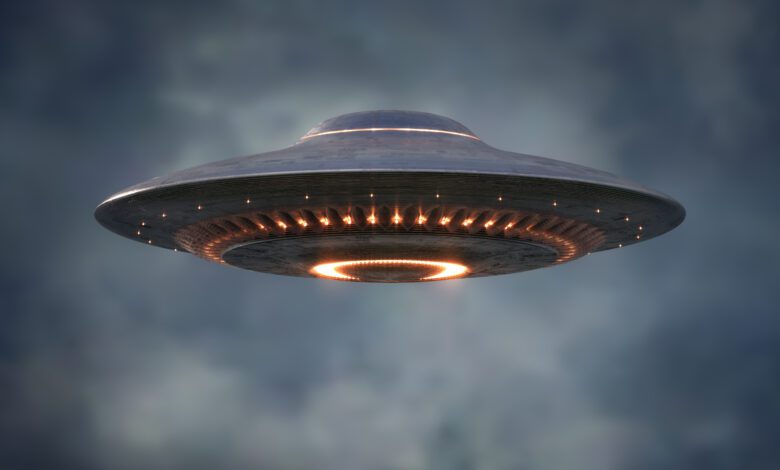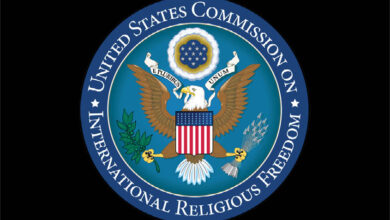Strange objects found on ocean floor may be UFO crash debris: Harvard professor
Harvard researchers discover microscopic spherules on the ocean floor, possibly from an interstellar object. These particles could offer evidence of alien life pending further analysis and review.

A team of researchers led by Harvard Professor Avi Loeb has collected 50 microscopic particles spherules from the ocean floor. It is believed that these are the remains of an interstellar object that crashed into Earth’s atmosphere in 2014. The team hopes that the particles, which weigh only 35mg in total, will provide evidence of an alien civilisation.
The team travelled to the coast of Papua New Guinea, where they used magnets to extract the microscopic dust-like spherules from the sediment. They followed the trajectory of the object, which Loeb had witnessed as a “runaway fireball” that exploded and fell into the Pacific Ocean.
Loeb said that the object, which has been labelled as “IM1”, was unlike any other space rock that NASA had studied. He said that it had a higher speed and material strength, suggesting that it came from a different natural environment or an extraterrestrial technology.
The particles they found were “perfectly round” and looked like “molten raindrops” under a microscope, Loeb said. He compared them to blood droplets and said “My daughter asked me if she could put one on a necklace, but I told her, ‘It’s too small to thread.’”
Loeb said that this could be the first time humans have touched interstellar material. He said that it was like receiving a package from a cosmic neighbour. He added that he and his team would analyse the composition of the particles in a lab and publish their data and interpretation in a peer-reviewed journal.
He wrote in one of his 33 essays that he would not respond to the critics, but only show the facts. He said that one cannot argue with facts, only with interpretations.
The discovery of microscopic particles believed to be from an interstellar object offers intriguing possibilities, but further analysis and peer review will be crucial in determining their true nature and potential evidence of an alien civilization.



